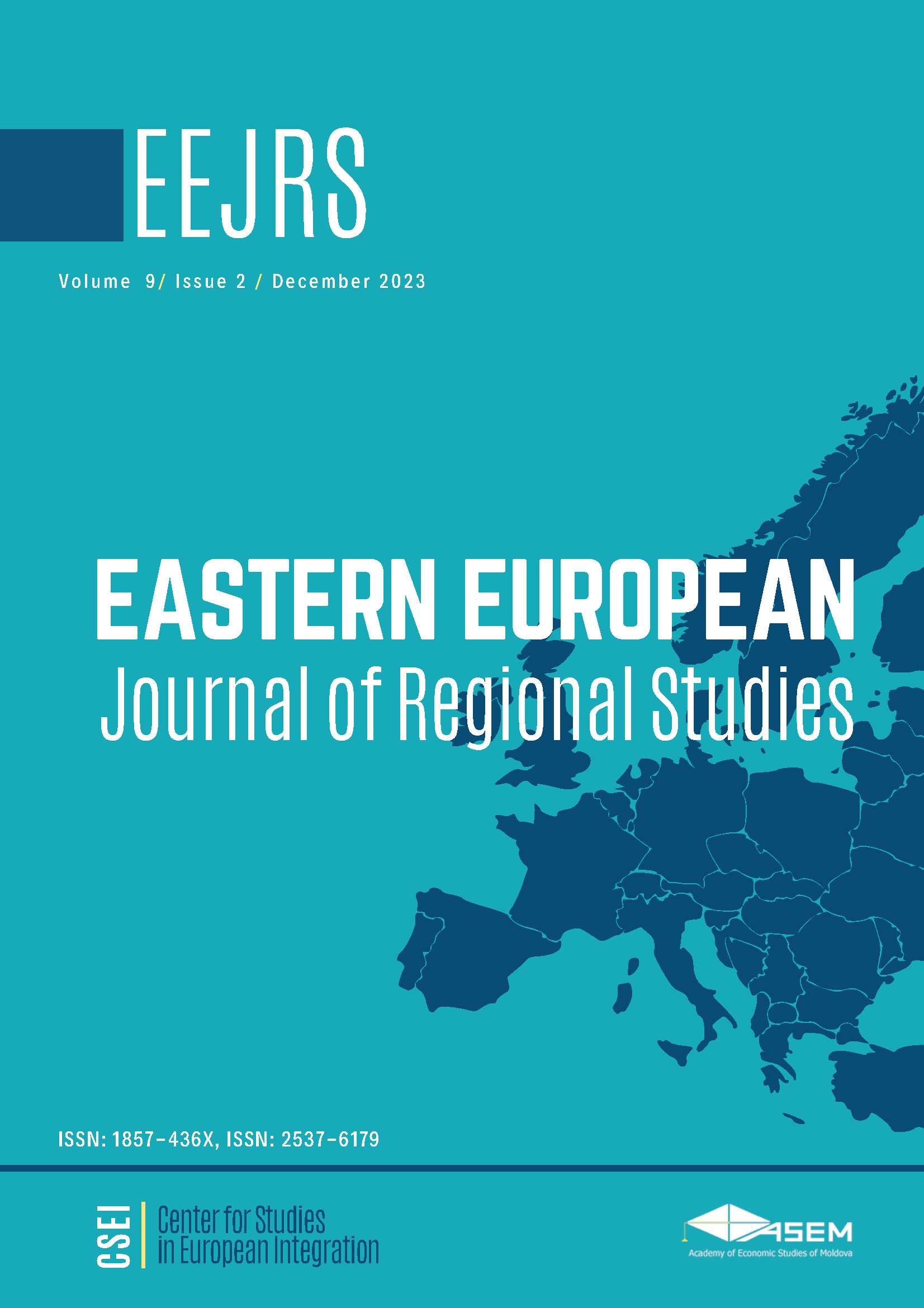EYE-TRACKING IN ADVERTISING RESEARCH: AN INVESTIGATION AMONG GENERATION Z AND Y OF SHOCK TACTICS’ EFFECTIVENESS
EYE-TRACKING IN ADVERTISING RESEARCH: AN INVESTIGATION AMONG GENERATION Z AND Y OF SHOCK TACTICS’ EFFECTIVENESS
Author(s): Tatiana GAUGAȘSubject(s): Economy, Business Economy / Management, Marketing / Advertising, Socio-Economic Research
Published by: Center for Studies in European Integration, Academy of Economic Studies of Moldova
Keywords: shock tactics in advertising; eye tracking research; consumer behavior; generation theory
Summary/Abstract: Advertising has become an integral part of everyday life, due to the abundance of advertising messages, it is virtually impossible to pay attention or to retain all of them; thus, consumers learn to ignore most advertisements they are exposed to. Striving for exceptionalism and persuasion, advertisers tend to use dramatic emotions, they create messages that would shock consumers, and they increasingly break social and moral norms, so that their advertising messages break through the traditional advertising clutter and reach the existing or potential customer. Since the 1980s, shock advertising has gained interest among advertising industry specialists and academics. However, the impact of shock advertising on consumer behavior can vary and its effectiveness is questionable. This article aims to analyze the differences in the reactions among generations Z and Y to shock advertising, using the eye tracking method. A total of 40 participants were invited to take part in the study. The core of the research was based on seven distinct types of shock tactics. Each of these groups represented a category of advertising posters. Within each group, there were 3-5 individual images, each varying in design, content, and nature. This variety ensured a comprehensive understanding of participants' reactions to different types of advertisements within the same category. After the data analysis, it was concluded that there are differences in the perception of different types of shock depending on the generation. The results indicate that generation Z is more tolerant of shock tactics, having a more positive reaction than generation Y. The younger age group (16-20 years) appears to engage with visual stimuli in a more dynamic and perhaps exploratory manner. They seem to have a more focused or selective attention, especially when the content is emotionally or ethically charged. This paper provides marketers with a better understanding of the effectiveness of shock advertising based on age variable, recommending alternative methods to capture the attention of consumers.
Journal: Eastern European Journal for Regional Studies (EEJRS)
- Issue Year: 9/2023
- Issue No: 2
- Page Range: 125-141
- Page Count: 17
- Language: English

